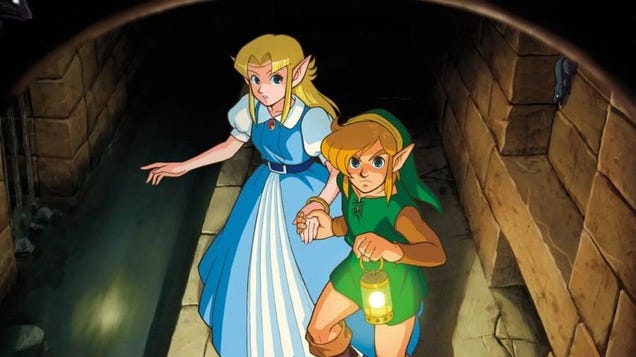An anonymous reader quotes a report from Gizmodo: Genetic engineering company Colossal Biosciences said Tuesday that it will try to resurrect the extinct dodo bird, and it’s received $150 million in new funding to support its “de-extinction” activities. The dodo was already part of Colossal’s plans by September 2022, but now the company has announced it with all the pomp, circumstance, and seed funding that suggests it will actually go after that goal. The $150 million, the company’s second round of funding, was led by several venture capital firms, including United States Innovative Technology Fund and In-Q-Tel, a VC firm funded by the CIA that first put money into the company in September. Adding the dodo to its official docket brings Colossal’s total de-extinction targets to three: the woolly mammoth (the company’s first target species, announced in September 2021), and the thylacine, a.k.a. the Tasmanian tiger, the largest carnivorous marsupial. Adding the dodo to its official docket brings Colossal’s total de-extinction targets to three: the woolly mammoth (the company’s first target species, announced in September 2021), and the thylacine, a.k.a. the Tasmanian tiger, the largest carnivorous marsupial.
Colossal’s stated goal is not to simply bring these creatures back for vibes; its contention is that reintroducing the species to their respective habitats would help restore a certain amount of normalcy to those environments. Mammoths died out about 4,000 years ago on Wrangel Island, off the northeastern coast of Russia. The dodo, a species of flightless bird native to the island of Mauritius, was gone by 1681. The last known thylacine died at a zoo in Tasmania in 1936. Scientists have sequenced the genomes of all three species — the mammoth’s in 2015, the dodo’s in 2016, and the thylacine’s in 2018. The latter species were driven to extinction by humankind; humans hunted the dodo, introduced predators and pests to its environment, and contributed to its habitat loss. Humans may have played a role in mammoth extinction as well, but the dodo and the thylacine are classic examples of our ability to wipe out species at extraordinary speed. […]
If the company’s work pans out — and that’s a big if — proxy species of those extinct animals will be brought to bear. That’s because the genetically engineered animals produced by Colossal would not be a bonafide mammoth, dodo, or thylacine. In 2016, the International Union for Conservation of Nature’s Species Survival Commission published a report (PDF) denoting ground rules for creating proxy species. “Proxy is used here to mean a substitute that would represent in some sense (e.g. phenotypically, behaviorally, ecologically) another entity — the extinct form,” the commission stated, adding that “Proxy is preferred to facsimile, which implies creation of an exact copy.” De-extinction is something of a misnomer, as this process, if successful, will yield science’s best analogue for an extinct creature, not the creature itself as it existed in the past. De-extinction methods generally rely on using a living creature’s genetics in the resurrection process. That means any 21st-century mammoth will have at least some modern elephant DNA imbued in it, and any nascent thylacine would be produced from the genome and egg of a related species.


Read more of this story at Slashdot.
Source: Slashdot – ‘De-Extinction’ Company Will Try To Bring Back the Dodo






